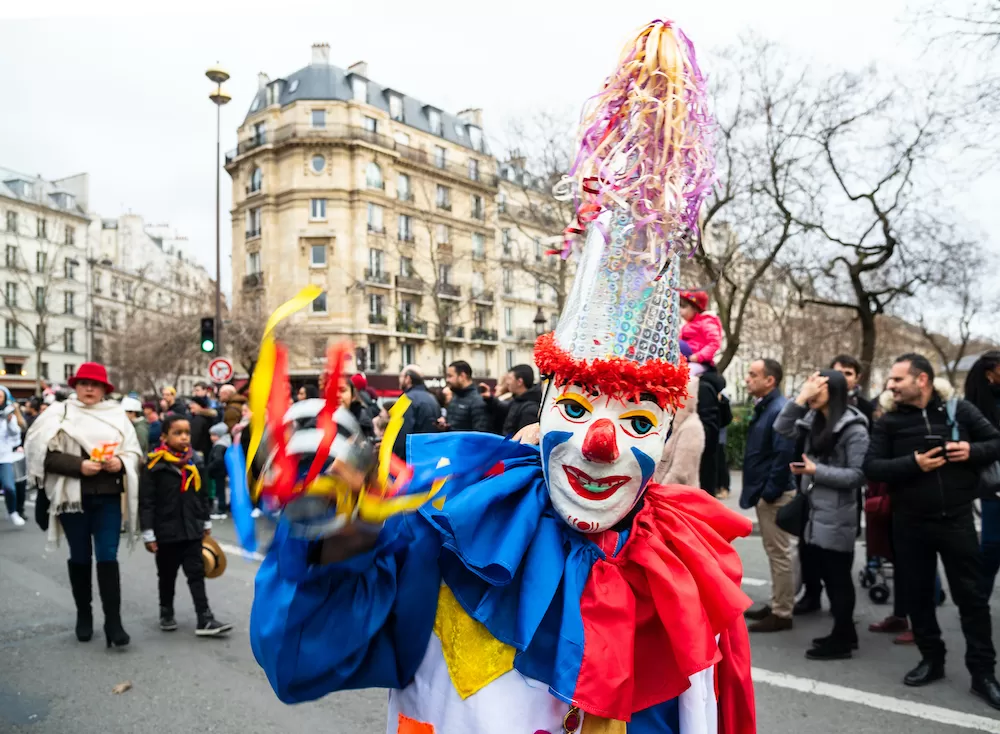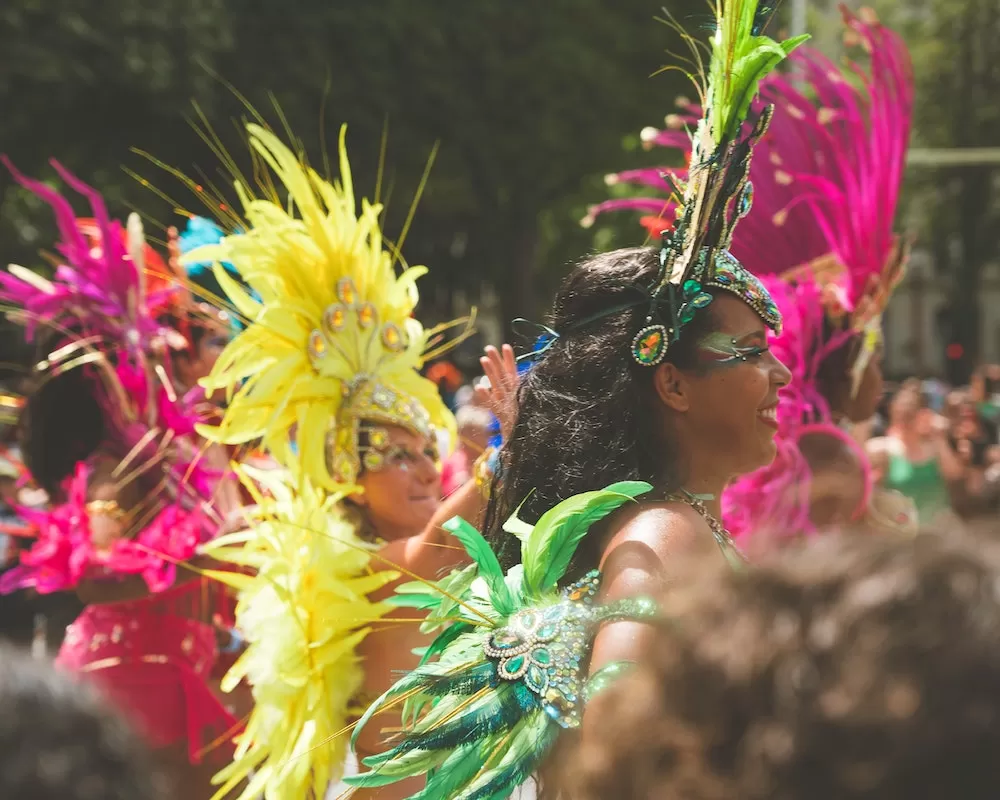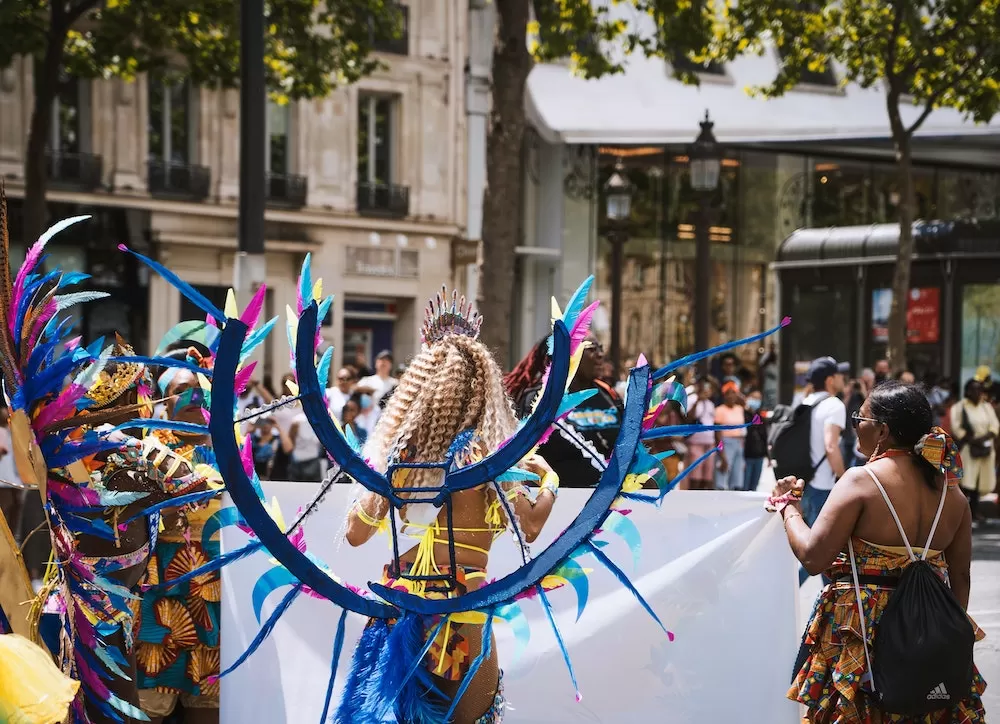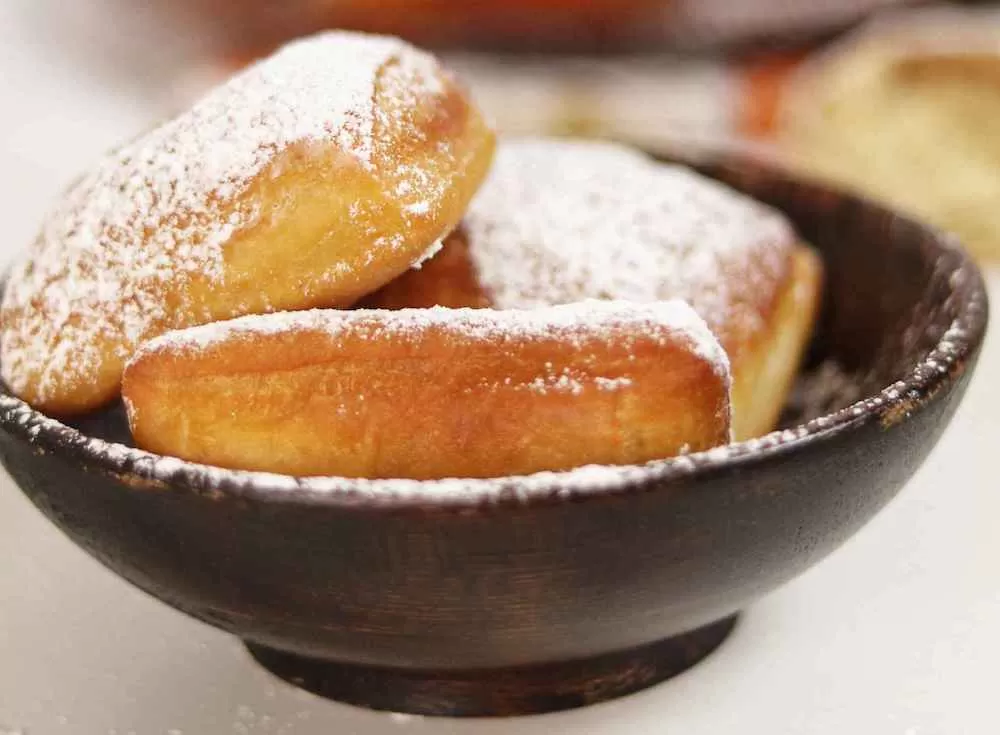Although the
Carnival of Venice is undeniably more popular, the Paris Carnival is not to be overlooked. This event may be less flamboyant and smaller compared to the one in Venice, but it's still as magical as ever. There's a colorful parade, lots of music, a ton of festivities, and of course, some colorful costumes too. If you're ever in the French Capital during the Carnival, you won't want to miss it. Especially since it's sort of like seeing Paris in a new light. There are lots to see, do, and experience!
Medieval Origins
The origins of the Paris Carnival date all the way back to the Middle Ages. Back then, the event used to be called the “Feast of Fools” and involved everyone, regardless of their social class. You've probably heard about this version of the carnival in various
classical French novels, the most famous of which is “The Hunchback of Notre Dame” by Vigor Hugo, This story probably has one of the more accurate depictions of the event, down to how even commoners were invited to partake in all the revelry. And how the 'Feast of Fools' were often led by the heads of churches and towns.
The Mardi Gras
Back then, when the Paris Carnival was referred to as the 'Feast of Fools,' the event would last several weeks. Namely from the
l'Épiphanie (
Epiphany Day) up until “
Mardi Gras” or Fat Tuesday. The latter served as the culmination of all the festivities, where actual feasts mostly take place. Though there are parades and all sorts of games here and there, Mardi Gras was all about eating to your heart's content. Why? Because Fat Tuesday is the day before Ash Wednesday, the start of Lent. This is the only time when people can still eat a lot before they start fasting for Lent.
The Decades-Long Hiatus
Although the “Feast of Fools” originated the Paris Carnival, the event today is far from what it was back then. In fact, the carnival even stopped for a couple of decades in the 20th century. Due to political tensions and the strains throughout about by World War II, Paris decided to stop the Carnival. Eventually, the French capital forgot about the tradition. That is until the 1990s when a man decided to revive the festival all by himself. And in 1997, the current iteration of the Paris Carnival was born. Though it bears many similarities to the original festival, it's a whole lot smaller and not as city-wide as before.
Different Themes for The Parades
One of the biggest differences between today's Paris Carnival from that of the “Feast of Fools” is the former’s annual theme. Year after year, the people that stage the festival choose a theme that encapsulates the event. This also sets what costumes participants will wear and how the parade will look overall. Over the years, the Paris Carnival has had themes like fairytale creatures, fruits & vegetables, and even aerial space. Year after year, locals anticipate what the theme will be and thus prepare costumes, floats, and puppets that adhere to it.
Promenade du Boeuf Gras
What did continue from the Medieval tradition is the “
Promenade du Boeuf Gras.” It's the grand parade that a few areas and
neighborhoods in Paris see today. But of course, the present version is far from what it was back then. It earned the name “
Promenade du Boeuf Gras” because the parade was usually led by a red dress-clad Limousin cow named Pimprenelle. She served as the official mascot of the festival and was followed by marching bands, street performers, and locals in costume. Today, a new Pimprenelle is always chosen and parades along the streets of Paris followed by a colorful array of costumes and even cultures.
The Paris Carnival's Home
If you're wondering where the Paris Carnival takes place nowadays, it's mostly in the
20th arrondissement. The grand parade often starts on Place Gambetta and passes through various areas like Avenue Gambetta, Boulevard de Ménilmontant, Boulevard de Belleville, and Rue du Faubourg du Temple. It then culminates in a grand party at Place de la République, where people dance, make noise, eat, drink, and be merry. And though it's as festive as ever, this new iteration of the festival is considerably smaller than the one back in the Middle Ages.
Eating Beignets
Now, when it comes to what to eat during the Paris Carnival, it's all about the beignets! It's a type of deep-fried pastry made with yeast dough and sprinkled with powdered sugar. Sometimes, they come filled with chocolate, jam, and other sweet and delicious fillings. Since they're easy to eat using hands, it's not surprising to see some of the parade participants scarfing them down as they walk the streets of Paris. You'll also find many bakeries in the city offering lots of them at this time of the year. It's a definite must-have at the Paris Carnival!
The Paris Carnival is a colorful and lively event that not a lot of people outside of the French capital know about. Though there are other more famous carnivals in the world, it's also worth learning about this fascinating tradition.



